5,500.00$
5,500.00$
The Iran Health Clinic is a reputable medical center that specializes in providing advanced fat transfer treatment to its patients. With a team of experienced doctors who have been trained in the latest fat transfer techniques, the clinic is committed to delivering high-quality care that is tailored to meet the unique needs of each patient.
Using state-of-the-art technology and equipment, the clinic can perform fat transfer procedures that are safe, effective, and minimally invasive. Whether you are looking to restore volume to your face, increase the size of your breasts, or enhance your buttocks, the Iran Health Clinic can help you achieve your desired results.
With a warm and welcoming environment, the clinic strives to make every patient feel comfortable and relaxed throughout their entire treatment process. If you are looking for a trusted medical center for your fat transfer needs, then the Iran Health Clinic is the right choice for you.
The price includes:
Knee arthroscopy is a minimally invasive surgical procedure that utilizes a tiny camera to diagnose and treat joint problems, particularly those related to the knee. The procedure involves making small cuts to insert the camera and small surgical tools into the knee for examination and treatment 1
Knee arthroscopy may be recommended for various knee problems, including torn meniscus, cartilage issues, and certain types of knee pain. It is generally considered safe and effective for individuals with these specific knee conditions 1
Not all causes of knee pain can be effectively treated with arthroscopic procedures. Additionally, individuals with certain health risks or specific knee conditions may not be suitable candidates for knee arthroscopy. It’s important to consult with a healthcare professional to determine the suitability of this procedure for individual cases 2
Complications from knee arthroscopy are rare, but as with any surgery, risks include bleeding, infection, blood clots, knee stiffness, and swelling. However, these complications are uncommon, and knee arthroscopy is considered a low-risk surgical procedure 3 , 2
Before the surgery, the area to be examined is shaved and washed with a special surgical scrub to reduce the possibility of infection. In some cases, the doctor may prescribe pain medication for any discomfort experienced after the surgery, and it’s advisable to fill this prescription ahead of time 4 , 5
After the surgery, patients are typically moved to the recovery room and should be able to go home within 1 or 2 hours. It’s important to follow the doctor’s instructions carefully after returning home. Dressings should be kept clean and dry for a few days after the surgery, and patients may need to return for a follow-up examination within a specific timeframe 6
| Country | |
|---|---|
| Visa | |
| Transfer | |
| Translator | |
| Insurance | |
| Stay at Hospital | |
| City Tour |
Only logged in customers who have purchased this product may leave a review.
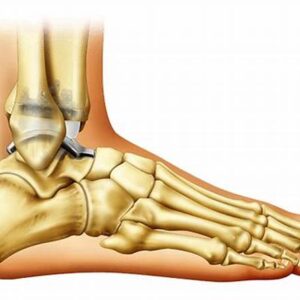
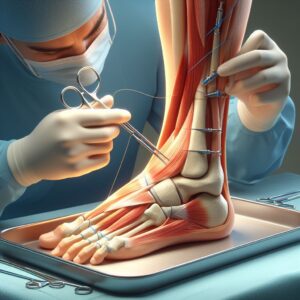
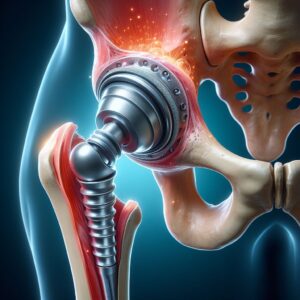
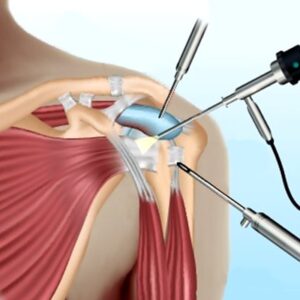
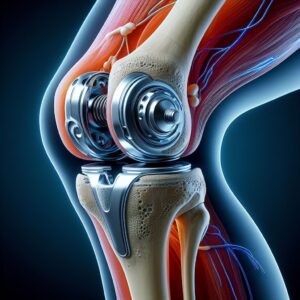
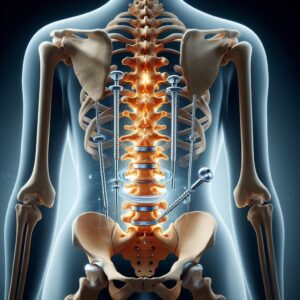
Reviews
There are no reviews yet.